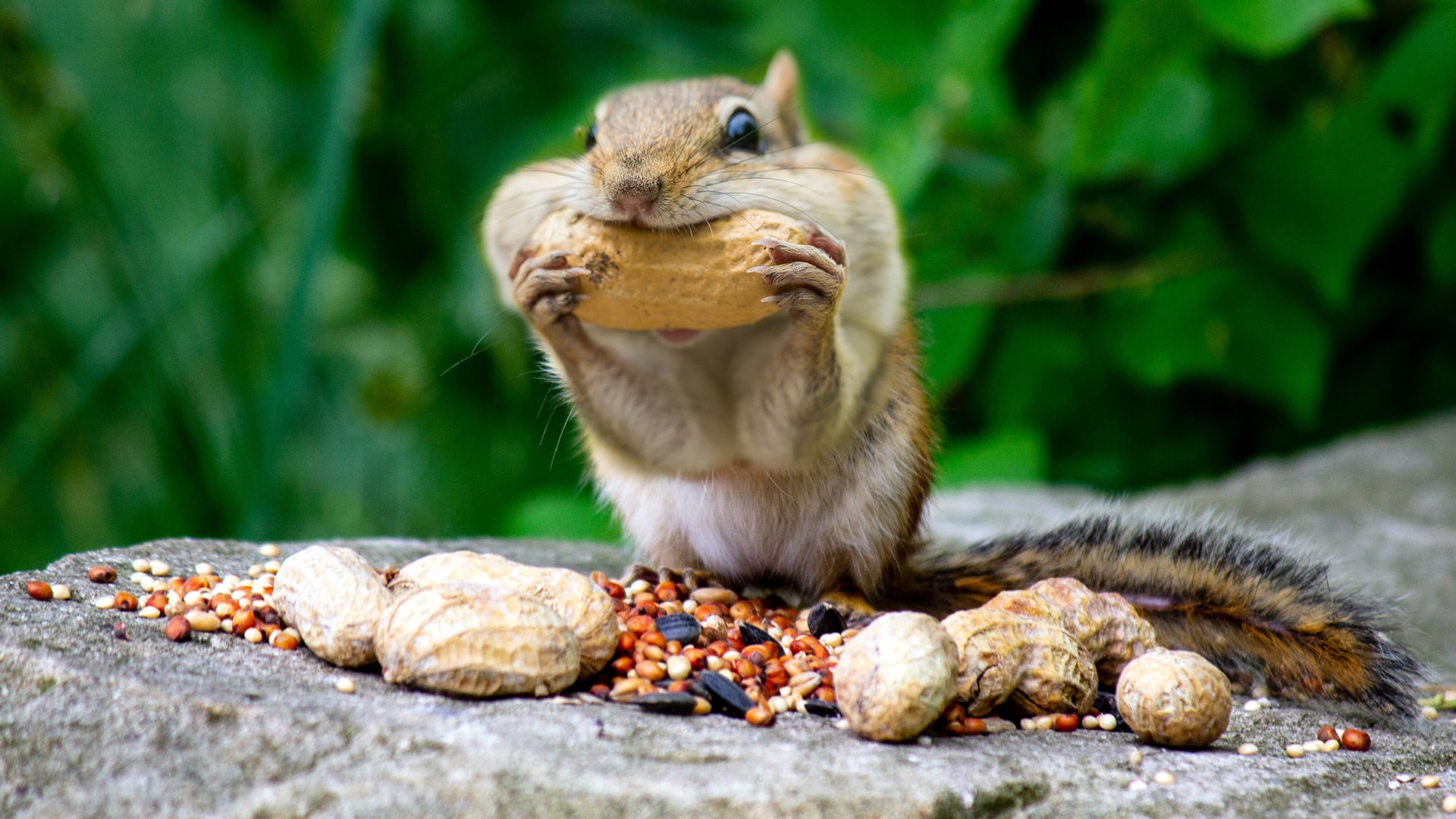Scroll for prep

Please wait…
This video is having trouble loading. You may have lost your Internet connection.
Step 1: Click to Reload this page
Step 2: Click to
Try our other video player
Step 3: contact support if trouble persists.
Or,
dismiss this message.
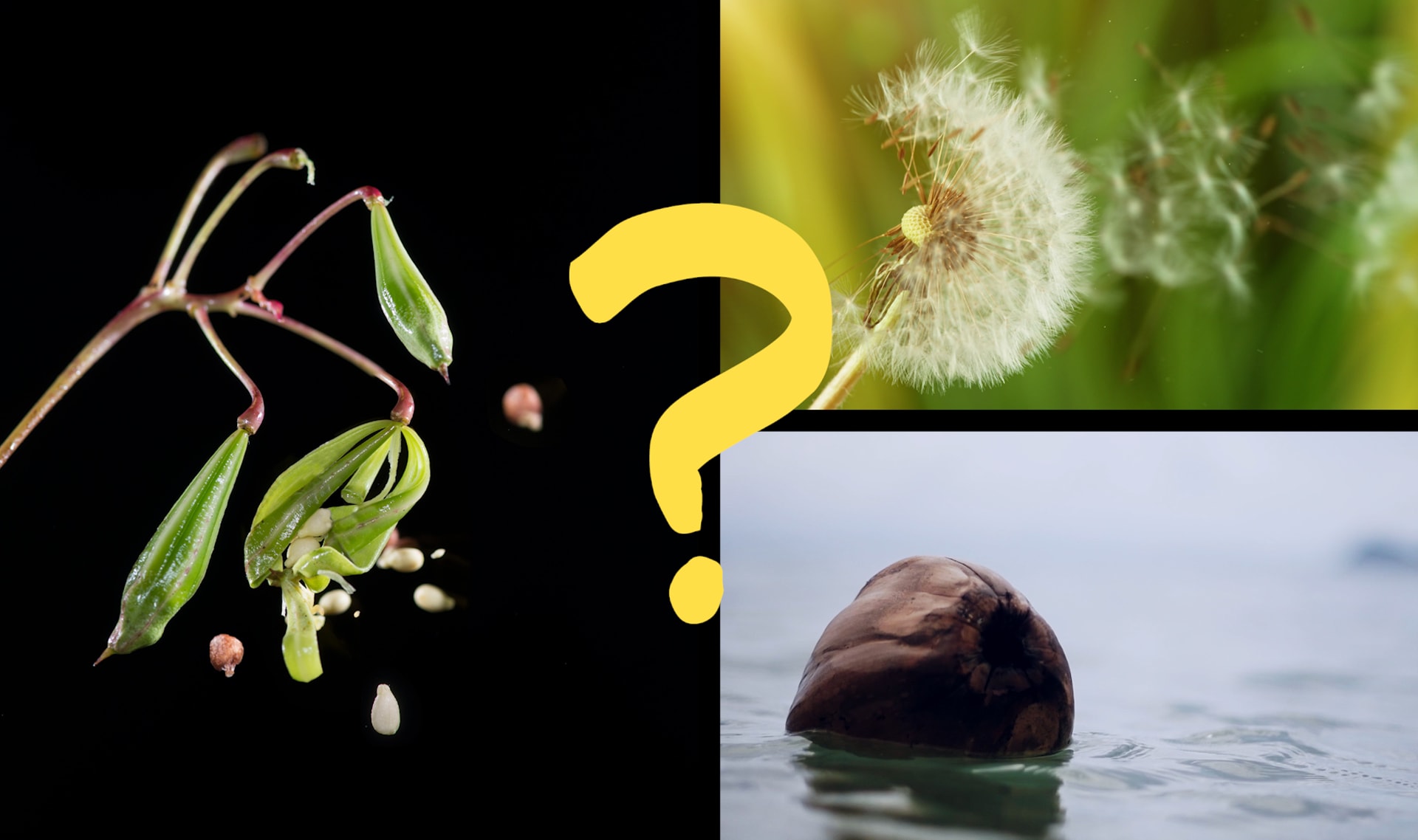
DISCUSS:
How are these seeds different from each other?
How are these seeds different from each other?

Please wait…
This video is having trouble loading. You may have lost your Internet connection.
Step 1: Click to Reload this page
Step 2: Click to
Try our other video player
Step 3: contact support if trouble persists.
Or,
dismiss this message.
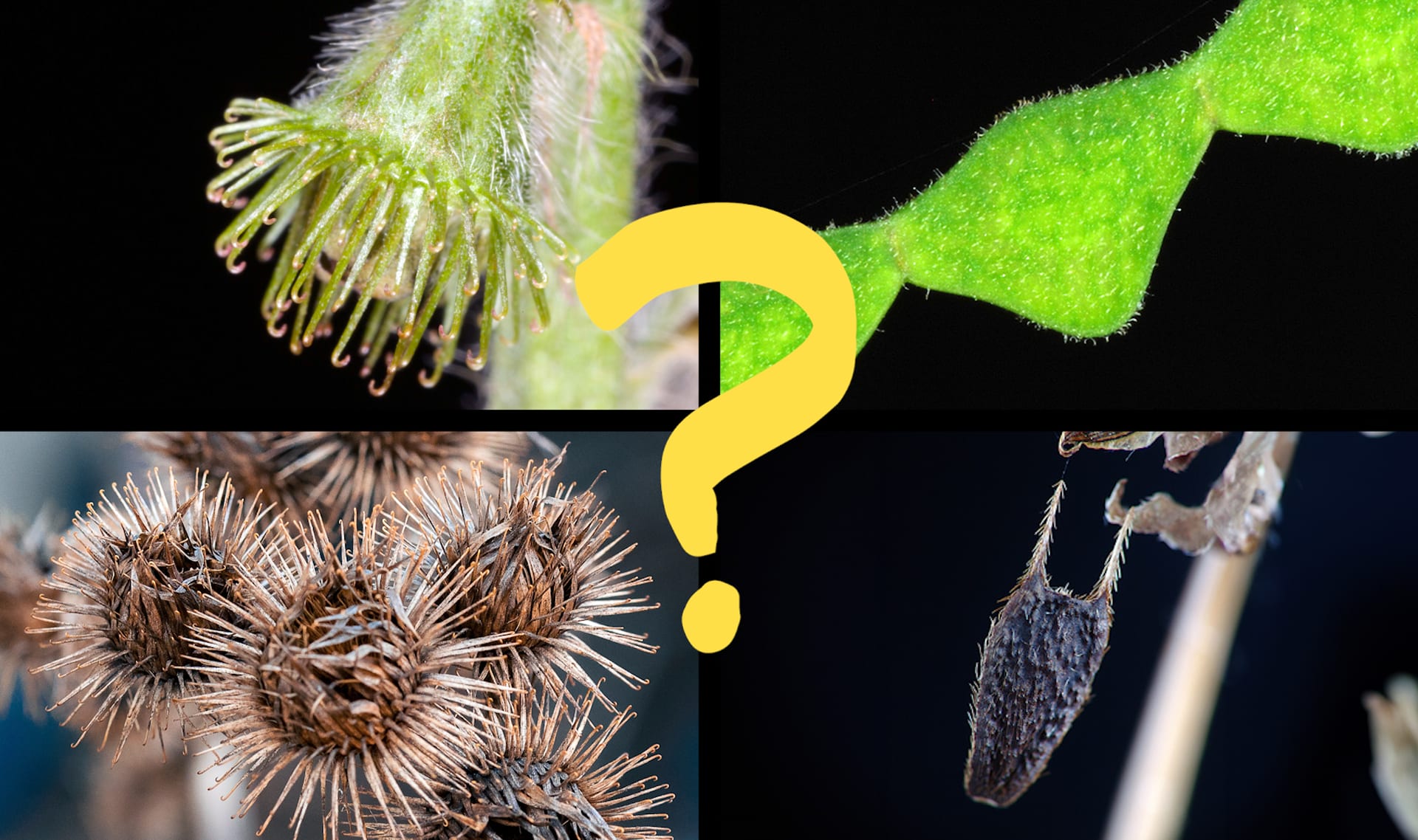
DISCUSS: (1 of 2)
What’s similar about these structures?
What’s similar about these structures?

DISCUSS: (2 of 2)
Do these shapes remind you of any objects you use in your daily life?
Do these shapes remind you of any objects you use in your daily life?

Please wait…
This video is having trouble loading. You may have lost your Internet connection.
Step 1: Click to Reload this page
Step 2: Click to
Try our other video player
Step 3: contact support if trouble persists.
Or,
dismiss this message.
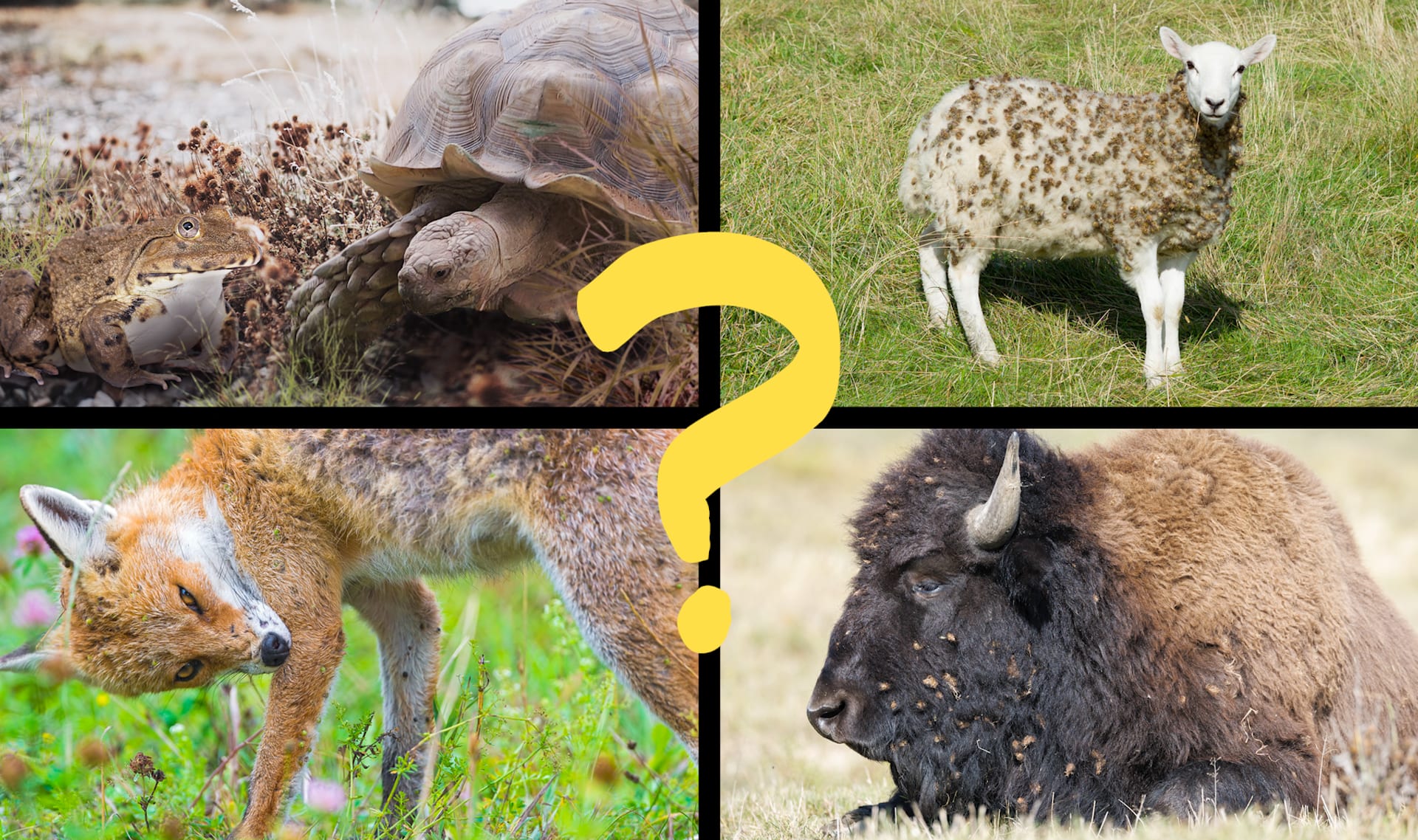
DISCUSS:
Why might spiky, fuzzy seeds stick to some animals and not others?
Why might spiky, fuzzy seeds stick to some animals and not others?

Please wait…
This video is having trouble loading. You may have lost your Internet connection.
Step 1: Click to Reload this page
Step 2: Click to
Try our other video player
Step 3: contact support if trouble persists.
Or,
dismiss this message.
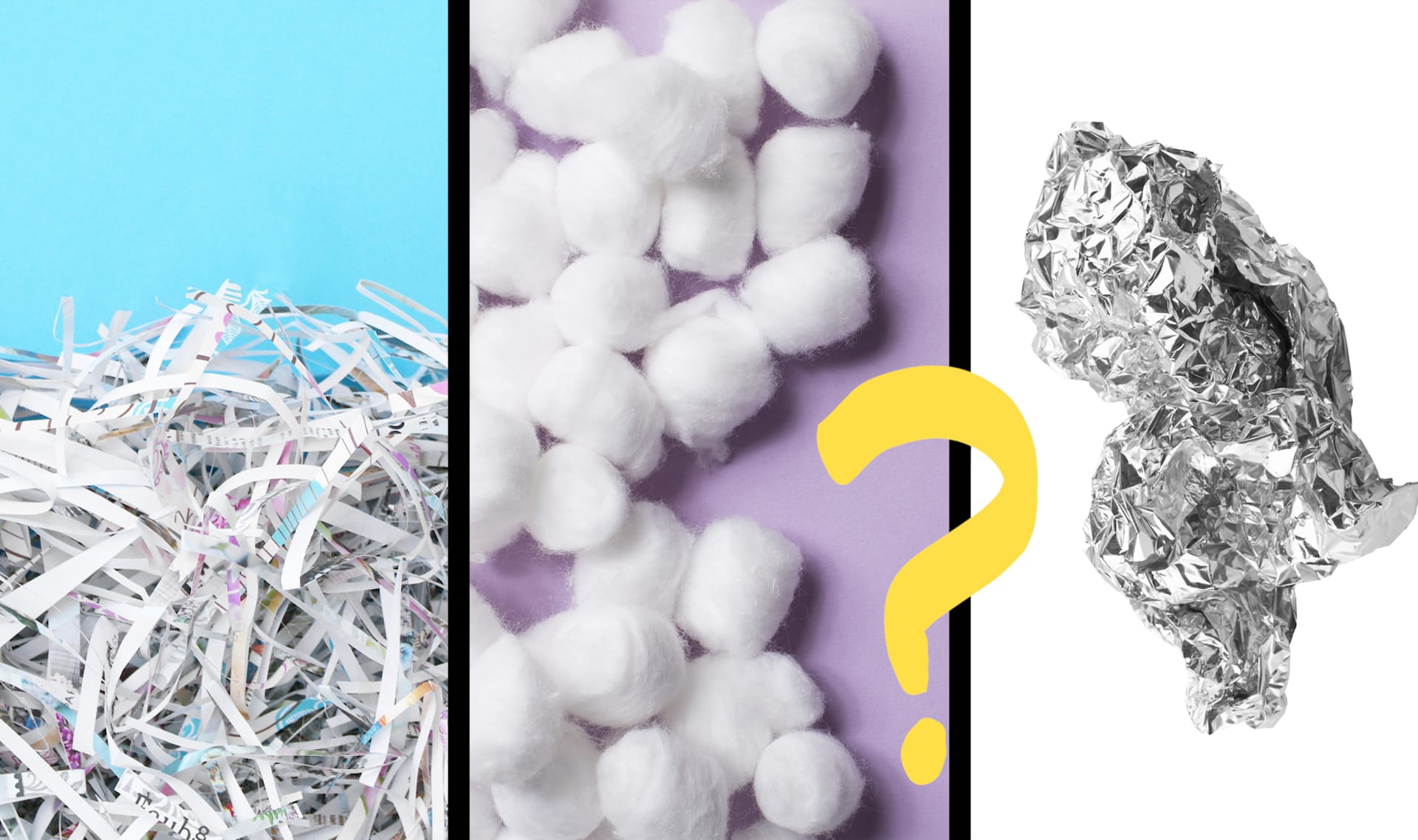
DISCUSS:
Which material would you choose as a model for an animal’s fur? Why?
Which material would you choose as a model for an animal’s fur? Why?

Please wait…
This video is having trouble loading. You may have lost your Internet connection.
Step 1: Click to Reload this page
Step 2: Click to
Try our other video player
Step 3: contact support if trouble persists.
Or,
dismiss this message.

Please wait…
This video is having trouble loading. You may have lost your Internet connection.
Step 1: Click to Reload this page
Step 2: Click to
Try our other video player
Step 3: contact support if trouble persists.
Or,
dismiss this message.
Step
01/18
01/18
Get your supplies.

Please wait…
This video is having trouble loading. You may have lost your Internet connection.
Step 1: Click to Reload this page
Step 2: Click to
Try our other video player
Step 3: contact support if trouble persists.
Or,
dismiss this message.
Step
02/18
02/18
Hold your cup sideways over your plate.
Squeeze glue on top of your sideways cup.
Then put 6 cotton balls on top (2 rows of 3).
Squeeze glue on top of your sideways cup.
Then put 6 cotton balls on top (2 rows of 3).

Please wait…
This video is having trouble loading. You may have lost your Internet connection.
Step 1: Click to Reload this page
Step 2: Click to
Try our other video player
Step 3: contact support if trouble persists.
Or,
dismiss this message.
Step
03/18
03/18
Gently press your cotton balls together so that they are touching.

Please wait…
This video is having trouble loading. You may have lost your Internet connection.
Step 1: Click to Reload this page
Step 2: Click to
Try our other video player
Step 3: contact support if trouble persists.
Or,
dismiss this message.
Step
04/18
04/18
Draw a face on the bottom of your cup.

Please wait…
This video is having trouble loading. You may have lost your Internet connection.
Step 1: Click to Reload this page
Step 2: Click to
Try our other video player
Step 3: contact support if trouble persists.
Or,
dismiss this message.
Step
05/18
05/18
Practice moving like a fluffadoo! Hold your fluffadoo with both hands
in front of you and with your elbows bent by your sides. Hop in place
while keeping your upper body still.
in front of you and with your elbows bent by your sides. Hop in place
while keeping your upper body still.

Please wait…
This video is having trouble loading. You may have lost your Internet connection.
Step 1: Click to Reload this page
Step 2: Click to
Try our other video player
Step 3: contact support if trouble persists.
Or,
dismiss this message.
Step
06/18
06/18
You’ll work with a partner.
Choose who will be HOPPER and who will be COUNTER first.
Choose who will be HOPPER and who will be COUNTER first.

Please wait…
This video is having trouble loading. You may have lost your Internet connection.
Step 1: Click to Reload this page
Step 2: Click to
Try our other video player
Step 3: contact support if trouble persists.
Or,
dismiss this message.
Step
07/18
07/18
Get more supplies.

Please wait…
This video is having trouble loading. You may have lost your Internet connection.
Step 1: Click to Reload this page
Step 2: Click to
Try our other video player
Step 3: contact support if trouble persists.
Or,
dismiss this message.
Step
08/18
08/18
Put Seed A on your fluffadoo. HOPPER: Hop in place until your seed
falls off your fluffadoo. COUNTER: Count the number of times your
partner hops.
falls off your fluffadoo. COUNTER: Count the number of times your
partner hops.

Please wait…
This video is having trouble loading. You may have lost your Internet connection.
Step 1: Click to Reload this page
Step 2: Click to
Try our other video player
Step 3: contact support if trouble persists.
Or,
dismiss this message.
Step
09/18
09/18
COUNTER: Tell your partner the number of hops it took for Seed A
to fall off their fluffadoo. HOPPER: Circle that number in the “Test 1”
row of your worksheet.
to fall off their fluffadoo. HOPPER: Circle that number in the “Test 1”
row of your worksheet.

Please wait…
This video is having trouble loading. You may have lost your Internet connection.
Step 1: Click to Reload this page
Step 2: Click to
Try our other video player
Step 3: contact support if trouble persists.
Or,
dismiss this message.
Step
10/18
10/18
Partners switch jobs. Then do test 1 for Seed A again.

Please wait…
This video is having trouble loading. You may have lost your Internet connection.
Step 1: Click to Reload this page
Step 2: Click to
Try our other video player
Step 3: contact support if trouble persists.
Or,
dismiss this message.
Step
11/18
11/18
Do the rest of your Seed A tests. Circle the number of hops your
partner counted on your worksheet. Switch jobs after each test.
partner counted on your worksheet. Switch jobs after each test.

Please wait…
This video is having trouble loading. You may have lost your Internet connection.
Step 1: Click to Reload this page
Step 2: Click to
Try our other video player
Step 3: contact support if trouble persists.
Or,
dismiss this message.
Step
12/18
12/18
Discuss:

Please wait…
This video is having trouble loading. You may have lost your Internet connection.
Step 1: Click to Reload this page
Step 2: Click to
Try our other video player
Step 3: contact support if trouble persists.
Or,
dismiss this message.
Step
13/18
13/18
Here’s what we noticed.

Please wait…
This video is having trouble loading. You may have lost your Internet connection.
Step 1: Click to Reload this page
Step 2: Click to
Try our other video player
Step 3: contact support if trouble persists.
Or,
dismiss this message.
Step
14/18
14/18
Get the rest of your supplies.

Please wait…
This video is having trouble loading. You may have lost your Internet connection.
Step 1: Click to Reload this page
Step 2: Click to
Try our other video player
Step 3: contact support if trouble persists.
Or,
dismiss this message.
Step
15/18
15/18
Do test 1 for Seed B. HOPPER: Hop in place until your seed falls off
your fluffadoo. COUNTER: Count the number of times your partner
hops. HOPPER: Record your results.
your fluffadoo. COUNTER: Count the number of times your partner
hops. HOPPER: Record your results.

Please wait…
This video is having trouble loading. You may have lost your Internet connection.
Step 1: Click to Reload this page
Step 2: Click to
Try our other video player
Step 3: contact support if trouble persists.
Or,
dismiss this message.
Step
16/18
16/18
Do the rest of your Seed B tests.
Switch jobs between HOPPER and COUNTER after each test.
Switch jobs between HOPPER and COUNTER after each test.

Please wait…
This video is having trouble loading. You may have lost your Internet connection.
Step 1: Click to Reload this page
Step 2: Click to
Try our other video player
Step 3: contact support if trouble persists.
Or,
dismiss this message.
Step
17/18
17/18
Discuss:

Please wait…
This video is having trouble loading. You may have lost your Internet connection.
Step 1: Click to Reload this page
Step 2: Click to
Try our other video player
Step 3: contact support if trouble persists.
Or,
dismiss this message.
Step
18/18
18/18
Discuss:

Please wait…
This video is having trouble loading. You may have lost your Internet connection.
Step 1: Click to Reload this page
Step 2: Click to
Try our other video player
Step 3: contact support if trouble persists.
Or,
dismiss this message.

Please wait…
This video is having trouble loading. You may have lost your Internet connection.
Step 1: Click to Reload this page
Step 2: Click to
Try our other video player
Step 3: contact support if trouble persists.
Or,
dismiss this message.
CHALLENGE:
What are some other ways that your fluffadoo could help Seed B move?
What are some other ways that your fluffadoo could help Seed B move?

Please wait…
This video is having trouble loading. You may have lost your Internet connection.
Step 1: Click to Reload this page
Step 2: Click to
Try our other video player
Step 3: contact support if trouble persists.
Or,
dismiss this message.
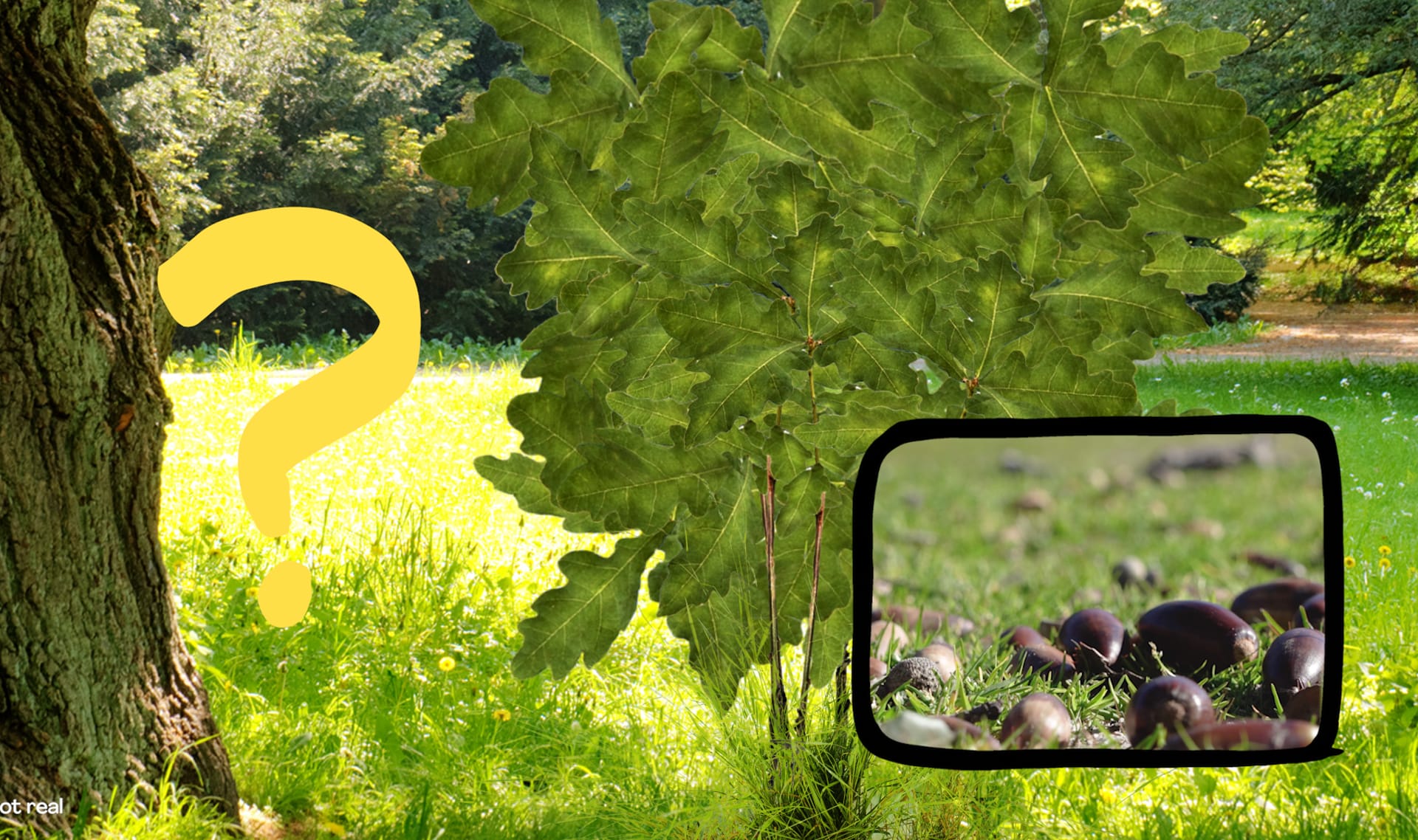
DISCUSS:
What problems might there be if all of these seeds tried to grow in one place?
What problems might there be if all of these seeds tried to grow in one place?

Please wait…
This video is having trouble loading. You may have lost your Internet connection.
Step 1: Click to Reload this page
Step 2: Click to
Try our other video player
Step 3: contact support if trouble persists.
Or,
dismiss this message.
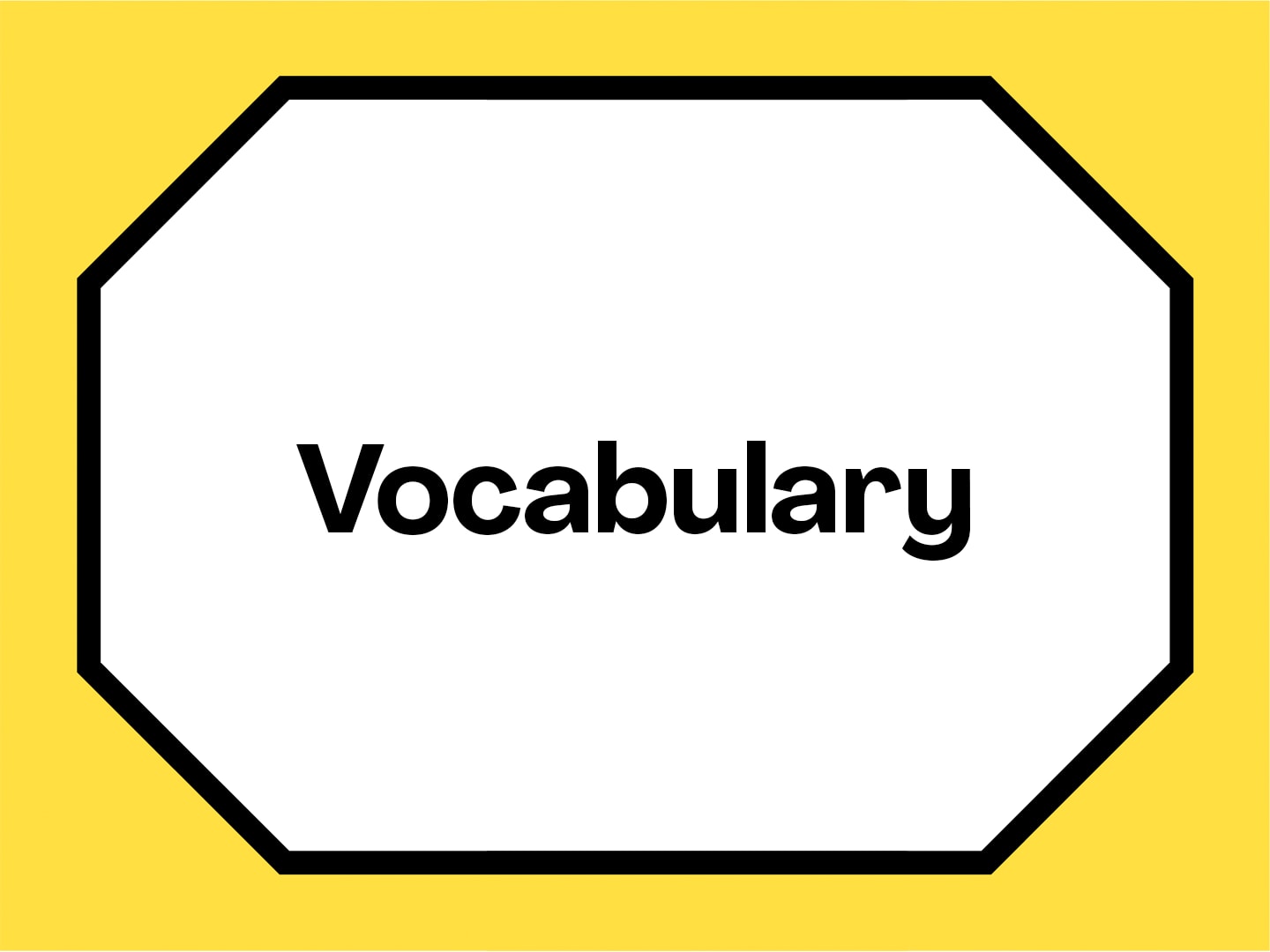

seed
1 of 7
a part of a plant that can grow into a baby plant
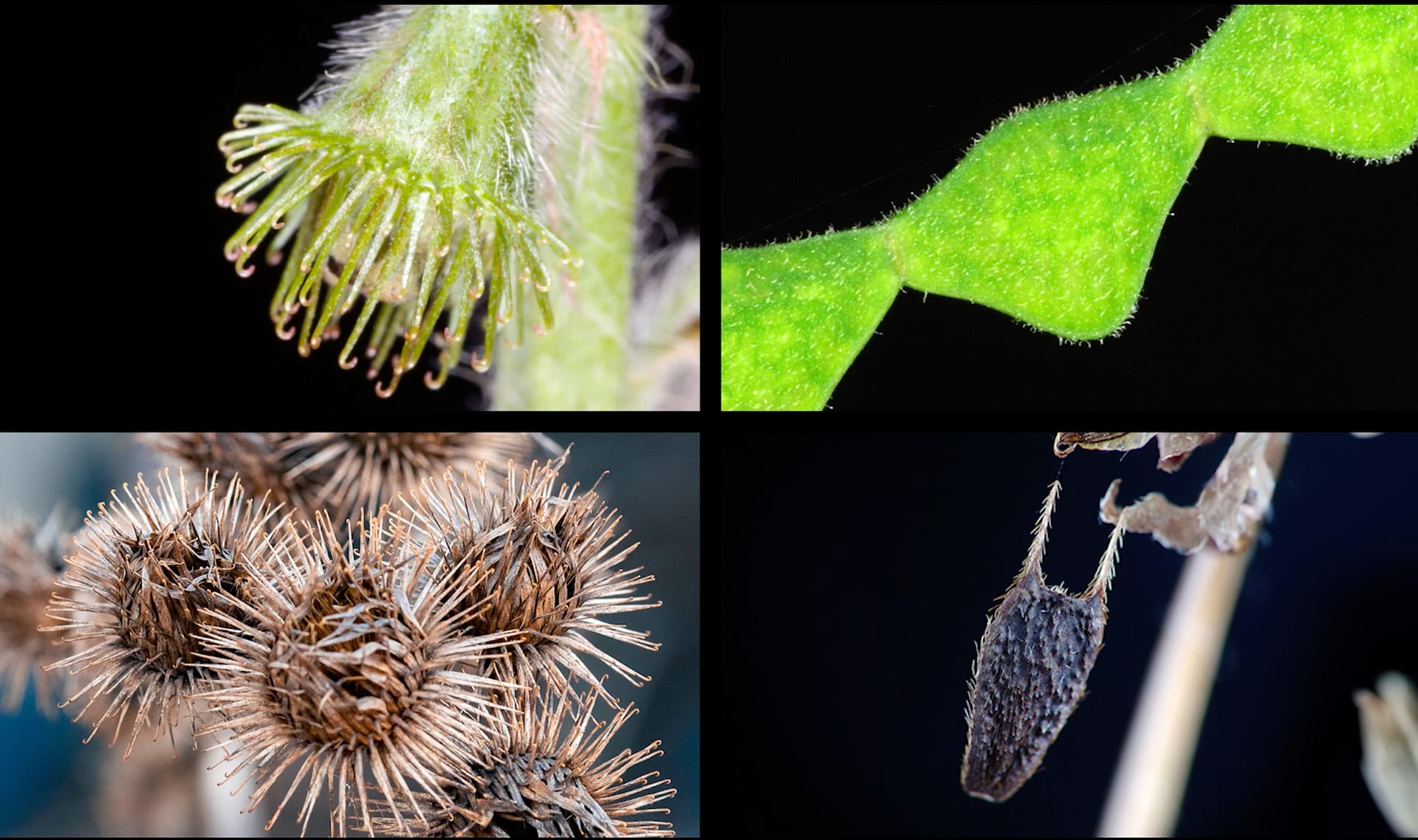
structure
2 of 7
the specific form and shape of something
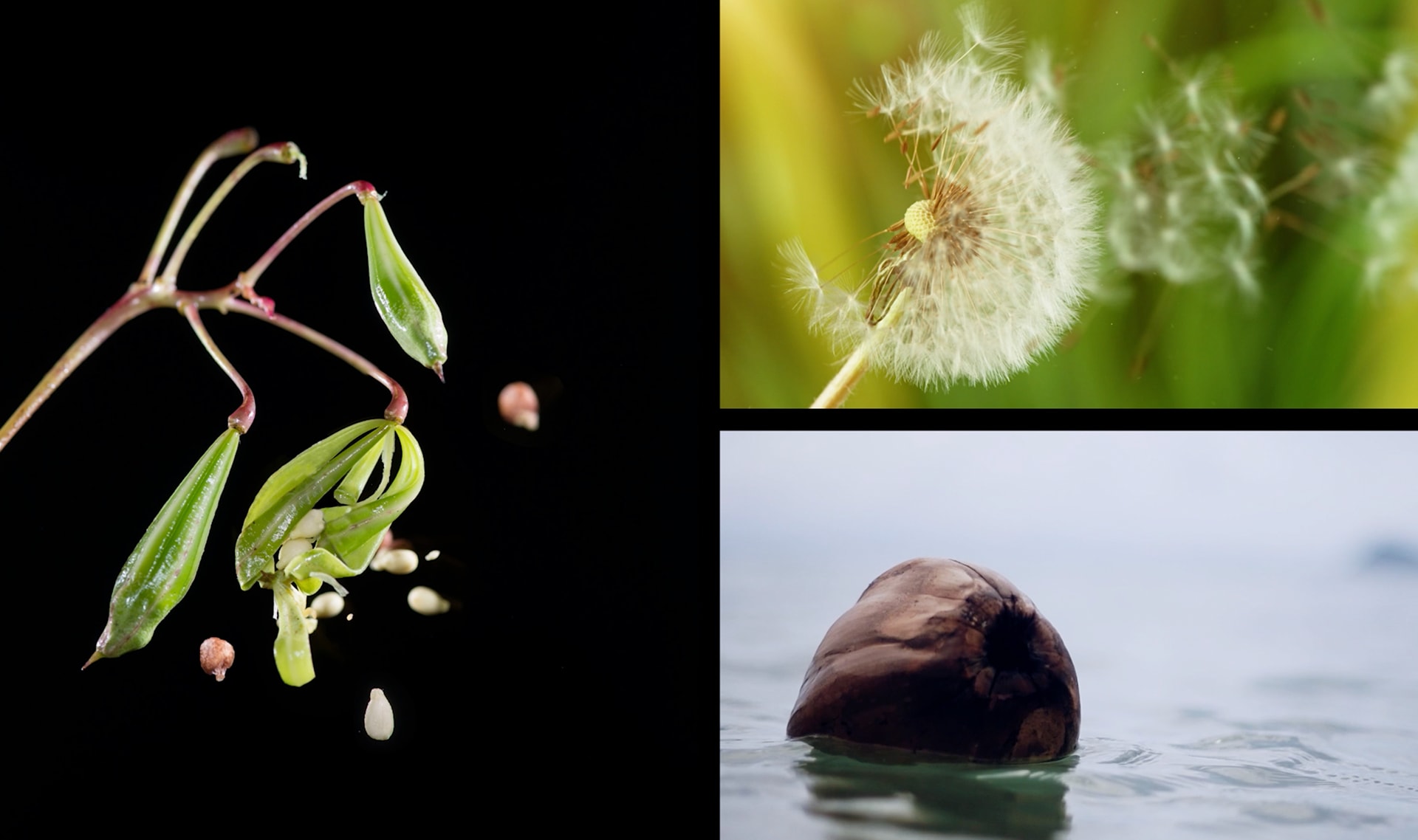
disperse
3 of 7
to move and spread out

Please wait…
This video is having trouble loading. You may have lost your Internet connection.
Step 1: Click to Reload this page
Step 2: Click to
Try our other video player
Step 3: contact support if trouble persists.
Or,
dismiss this message.
animal dispersal
4 of 7
when an animal moves a seed from one place to another

Please wait…
This video is having trouble loading. You may have lost your Internet connection.
Step 1: Click to Reload this page
Step 2: Click to
Try our other video player
Step 3: contact support if trouble persists.
Or,
dismiss this message.
survive
5 of 7
to stay alive

pattern
6 of 7
something that happens again and again and again in a way that can be predicted

model
7 of 7
a pretend version of something that scientists use when the real thing is too big, small, or complicated to work with
🎉
That’s it for this lesson! How did it go?
Sign up now for more great lessons!
